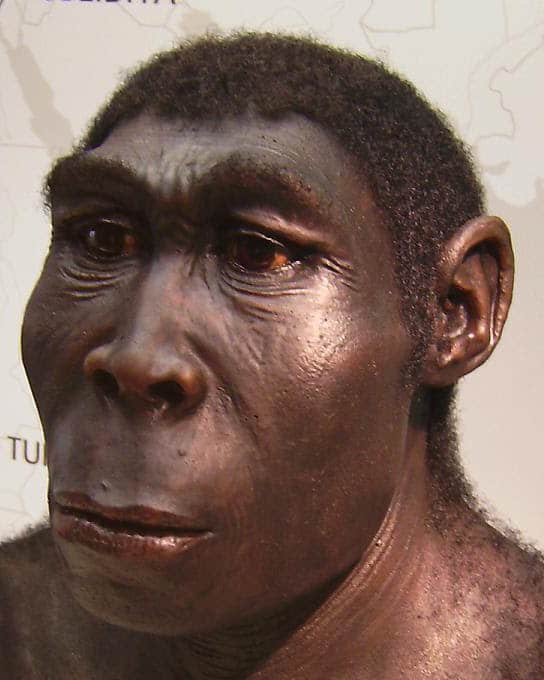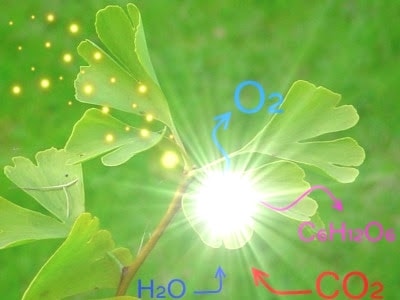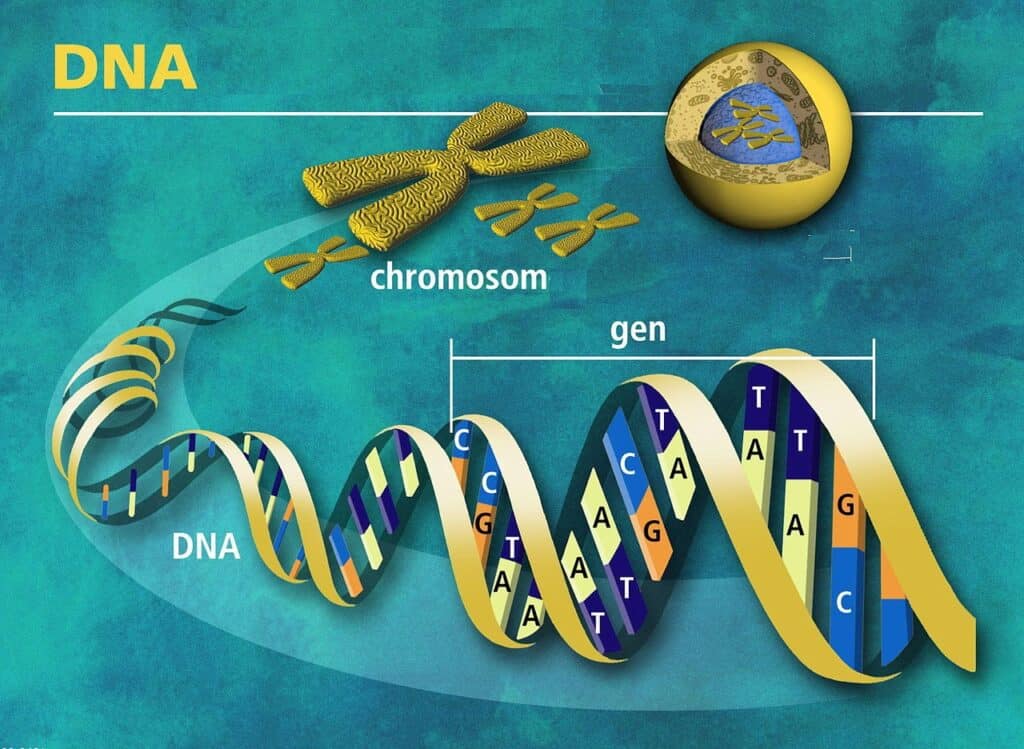February 12 is day to reflect on the legacy of Charles Darwin – and why a male cardinal is red!
With the arrival of February, bird song is slowly returning to the natural world. A week ago, I heard the boisterous song of the cardinal for the first time since last summer. As always, it sang from high in a tree in full sight.
Whenever I see a male cardinal, I can’t help but wonder how they get away with being so colourful, especially given the large number of predators like cats and hawks that are out there. As if their flamboyant colour were not enough to attract attention, the males sing from highly visible perches.
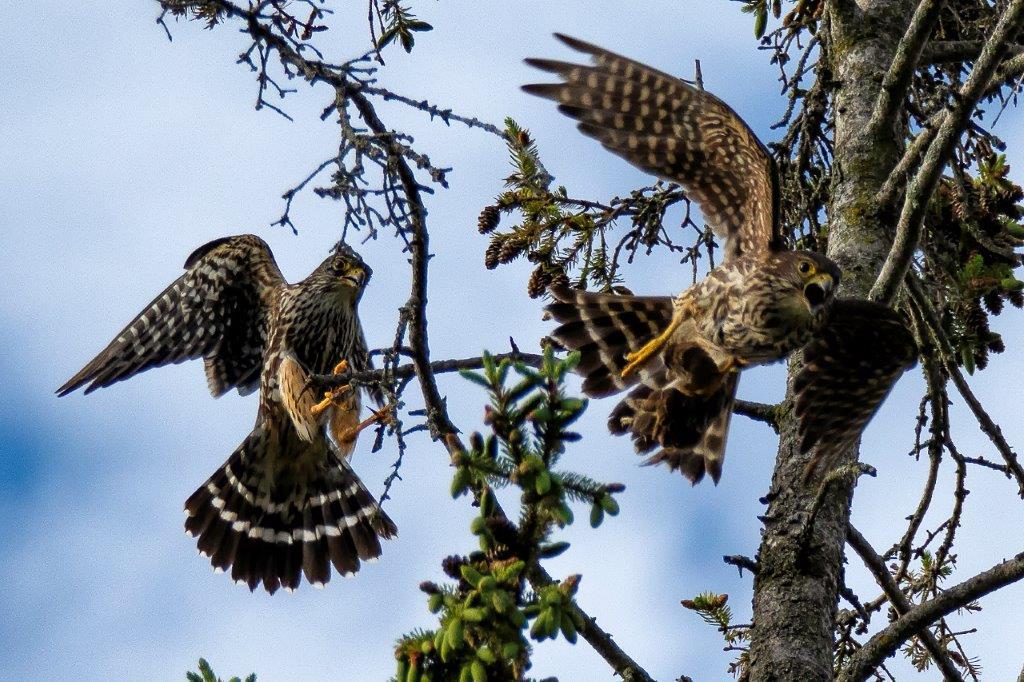
Thanks to Charles Darwin and his theory of evolution – often called the greatest single idea of all time – science has a powerful tool with which to investigate this question. Darwin proposed that traits like the redness of a male cardinal might evolve if they are “sexually selected” – in other words, if they increase the individual’s reproductive success, even at the expense of their personal survival. In the millions of years that cardinals have been on this planet, their bodies have evolved through this process of sexual selection.

By responding to the degree of redness as a sign of a promising mate, the decisions of countless generations of females have encouraged the evolution of brightly coloured males. Males that were more muted in colour and less boisterous in song rarely got to mate, and fewer of their genes were passed on to the next generation. This same female-driven process has led to other extraordinary features in male birds like the high-altitude sky dance of the woodcock; the loud, exposed drumming of the ruffed grouse; and the huge, elaborate tail of the peacock. Even though these traits attract the attention of predators, they clearly lead to increased reproductive success. Research has shown that the intensity of redness of a male cardinal is directly related to how healthy he is, the quality of his territory, and the kind of care he’ll provide to offspring.
Sexual selection is simply a special kind of natural selection – the process whereby organisms better adapted to their environment tend to survive and produce more offspring. Without an understanding of natural selection, the greatest achievements in medicine and human well-being over the past two hundred years would have been impossible. This includes the development of vaccines such as those that are now providing protection against the novel coronavirus.

Darwin Day
Charles Darwin was born in Shrewsbury, England, on February 12, 1809. Ever since he published his earth-shattering book, “On the Origin of Species”, Darwin has been the focus of commemorations and tributes by scientists, artists, and scholars. In 2009, the 200th anniversary of his birth saw an entire season of BBC programming dedicated to his work. Since then, Darwin Day events have been organized each February throughout the world.
The purpose of Darwin Day is to promote Darwin’s contribution to science and to call attention to the importance of science in general. Science is our most reliable way of knowing what is true, and it has provided enormous benefit to the health, prosperity, and intellectual satisfaction of humanity. These are achievements for all people to celebrate. This is especially important given that many people still appear unconcerned by scientifically-proven threats to modern civilization like climate change and pandemics.
A great way to celebrate Darwin Day is to become more informed about evolution yourself. Make a point of talking about it with your children and grandchildren. You might even go on an “evolution walk” like the following.
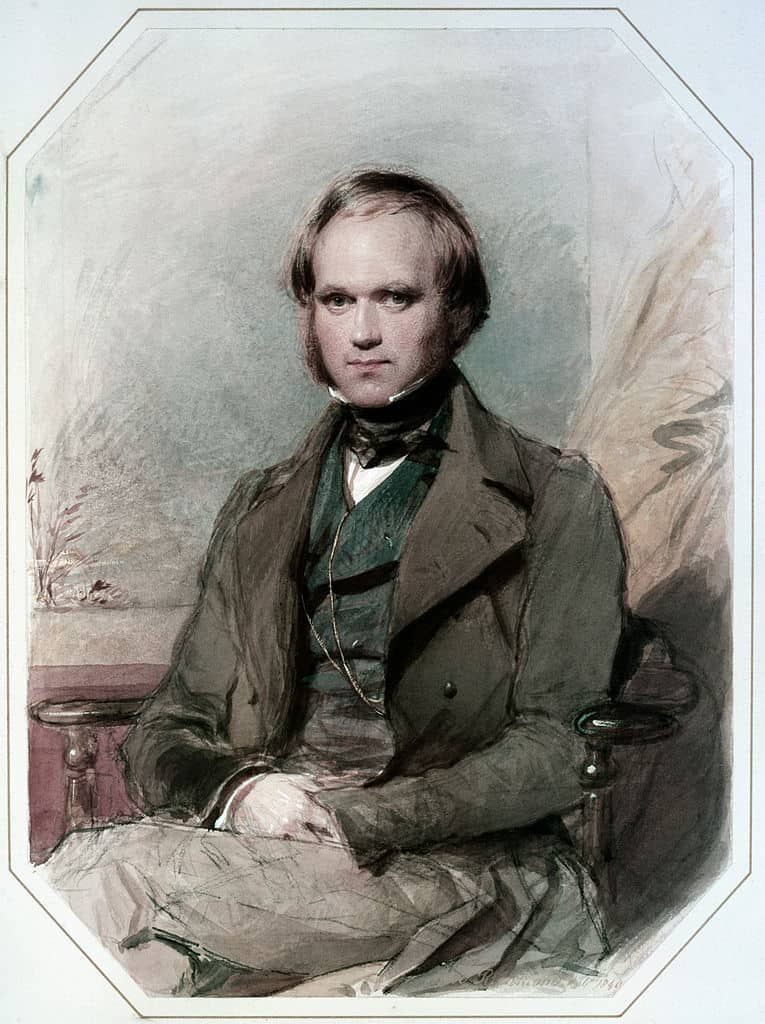
A walk through time
Part of the difficulty in understanding evolution is our inability to grasp the staggering amount of time it has had to work with – 3.5 billion years! To make this time-span more tangible, let’s imagine it as a 4.6-kilometre walk, starting at the Disc Golf Course at the north end of Riverview Zoo and ending at City Hall. The starting point represents the moment in time 4.6 billion years ago when Earth was created from a cloud of gas and dust. The end point is now. As you walk along the route, you’ll learn when key events in evolution occurred. At this scale, each step represents about 700,000 years. (Note: BYA = billion years ago and MYA = million years ago)
For the first kilometre, Earth is devoid of living things. You see little more than a scalding rock with choking fumes. However, as you pass the zoo’s miniature train station (3.5 BYA), the first life appears in oceans. At Marina Boulevard (3.25 BYA), life evolves the ability to capture the sun’s energy through photosynthesis. At Anson Street (1.9 BYA), the first cells with nuclei have evolved, but it’s not until you arrive at Locks Salon & Spa just south of George Street (650 MYA) that multi-cellular organisms emerge. Having mastered the cell, evolution can now start moving faster. At Edinburgh Street (500 MYA), the first land plants show up and at London Street (245 MYA), the age of the dinosaurs begins. Then, as you pass in front of Emmanuel United Church (200 MYA), the first mammals appear. A few steps further, a mass extinction event at 65 MYA wipes out all of the dinosaurs, but not the branch that went on to become birds such as cardinals. However, it’s only when you arrive at the bottom of the steps at City Hall (3.5 MYA) that the first proto-humans appear. At this point, a tape measure comes in handy. At a mere 10 cm from the main doors, evolution produces Homo sapiens, our own species. But it’s only in the last centimetre – 10,000 years ago – that recorded human history begins, and only in the last one-fifth of a millimetre that you enter the Industrial Revolution and present-day times. Now, take a moment to reflect back on how far you’ve walked – and all the time that evolution has had to produce a species like ourselves – one that can reflect on its own origins and understand the process involved in creating something as beautiful as a male cardinal!
CLIMATE CRISIS NEWS
HOPE: The election of Joe Biden is a reason for much greater optimism in the fight against climate change. A February 1 article in The Washington Post (https://wapo.st/36AkWH4 ) by Ishaan Tharoor provides a great overview of how Biden has swept away Trump’s climate change denialism. In a blizzard of executive orders, the new president has already announced the return of the U.S. to the Paris climate agreement, halted the Keystone XL pipeline, imposed a moratorium on oil and gas leases on federal lands, initiated a process to invest in minority and low-income communities that historically bore the brunt of pollution, and mandated that climate change become a policy priority for virtually every federal agency. He has also overturned 10 of Trump’s environmental protection rollbacks and is targeting 60 others. The Biden administration’s ambitious $2 trillion climate plan will create millions of new renewable energy and clean tech jobs.
Biden has also created two new cabinet positions focused on climate action. Gina McCarthy, former head of the Environmental Protection Agency, is the new domestic climate advisor, while John Kerry, the former secretary of state, is now serving as Biden’s special climate envoy for international matters. Last week, Kerry addressed the World Economic Forum’s virtual gathering of global policymakers and business elites. “We know we’ve wasted four years in which we were inexcusably absent,” he said, describing the climate crisis as a “war” that “we’re losing.” For Kerry, the stakes on climate change couldn’t be any higher than they are right now.
To see a list of ways YOU can take action on addressing climate change, go to https://forourgrandchildren.ca/ and click on the ACTION button.
